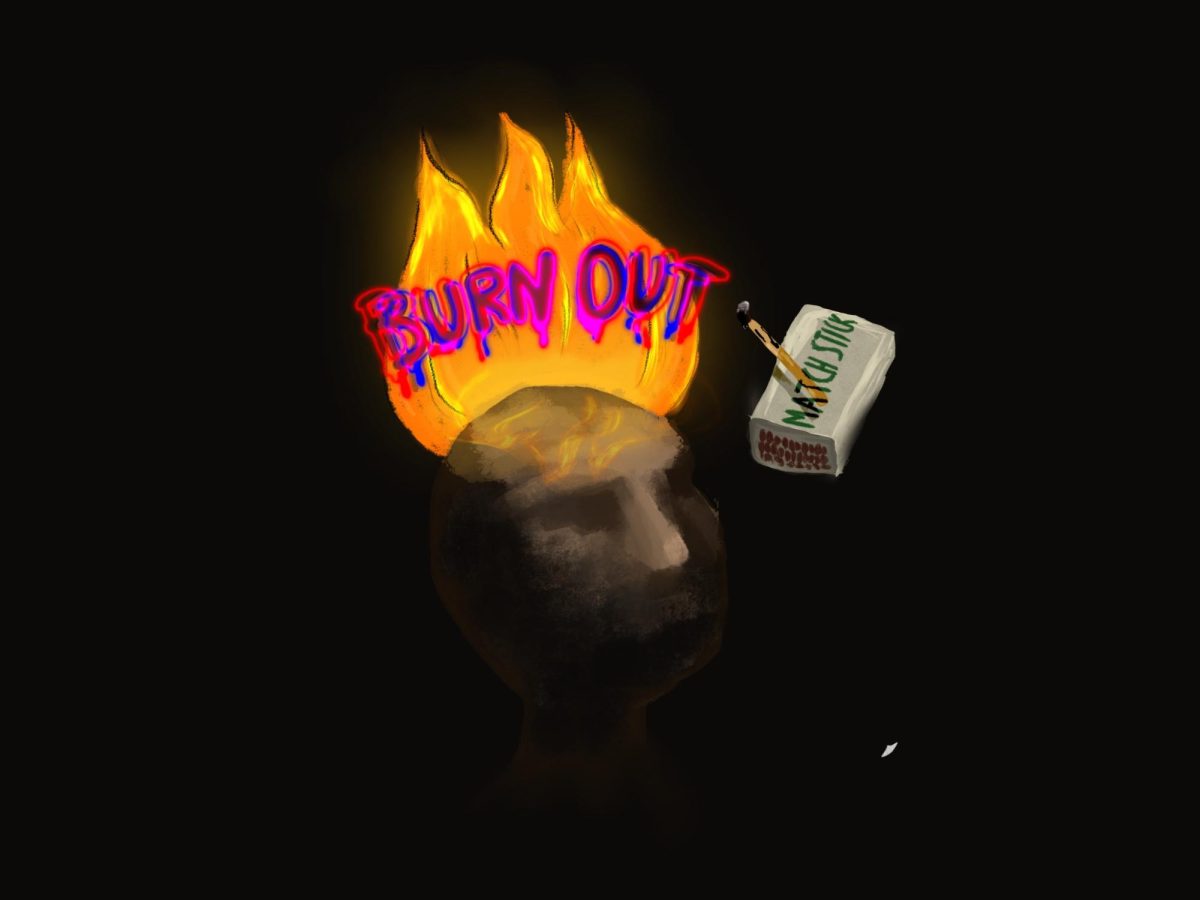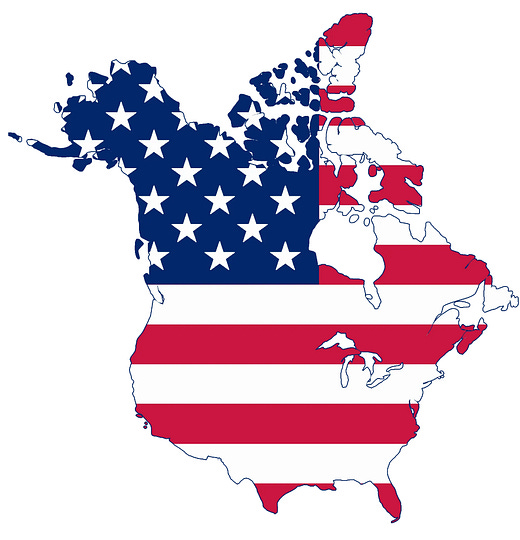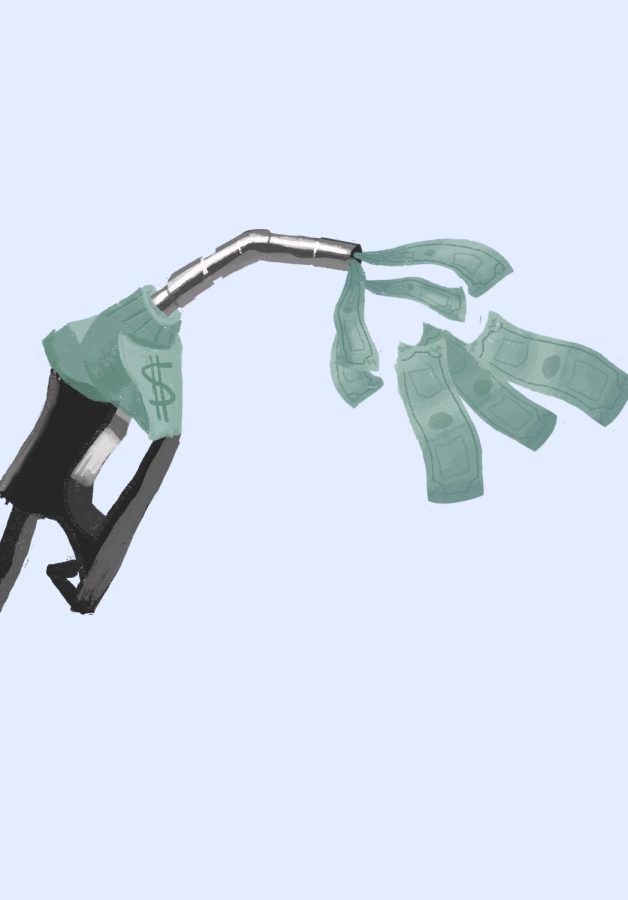What’s up with gas prices?
Unless you’re the proud owner of an electric car, it’s likely you’ve had a bit of sticker shock at the pump this summer. Hitting a record high in the early weeks of summer, gas prices in the United States have made a drastic 68% increase since the beginning of the year. As a product of this, the financial commodity has become a subject of frequent discussion. So, what really caused all of this? Like most economic conclusions, it’s complicated. There are four main factors that determine the price of gas: refinement, taxes, distribution/marketing, and the crude oil market. The largest of these is crude oil, an unrefined form of oil that is not yet ready for use, accounting for 67%, on average, of the price you pay for either diesel or regular gasoline. Fluctuations in this market have had the largest impact on gas prices over the past few months, however, the cause of such alterations can be traced all the way back to the beginning of the pandemic.
As the pandemic blossomed, many found themselves fearful to travel outside of their immediate communities. The eventual introduction of quarantines, the shutdown of the physical retail market, and the shift towards a virtual society made the demand for gas plummet. Public utility companies also didn’t meet their regular rate of supply, causing the demand for crude oil to nosedive. In order to restore this mitigated demand, a synonymous supply shift was needed. To accelerate the process of such shifts, oil mines, refineries, and companies all engaged in an economic tactic known as price regulation, a practice that dictates how the fee at which certain commodities or products may be sold. In late spring of 2020, gas prices reduced to an average of $1.96 per gallon, a figure that seems bizarre in today’s world. Now, over two years later, the pandemic has become a significantly reduced threat, leading to an increase in public, private, and independent transportation. This shift back towards “normal” travel standards left oil companies slow to respond, due to the number of rigs they decommissioned and workers they laid off during the pandemic. In sum, booming demand met an extremely limited supply, driving prices up.
Another major contributor to these prices stems from a buildup of international turmoil in the Ukraine-Russia conflict. Although never having taken military action, the US did its best to aid Ukraine domestically. Government sanctions largely fractured Russia’s economy and independent US enterprises, such as Apple and Visa, froze operations in the nation. In retaliation to this, Russia has been selling less of their many natural resources, the largest of these being crude oil. Contributing to over 8% of US crude oil imports, Russian oil caused a severe supply deficit in the states, pushing prices even further.
The coalescence of these two international tragedies shook more than just our hearts, but the functioning world as we know it. Despite this, gas prices have been slowly, but consistently, trending downwards, sitting at a national average of $3.71 as of September 10. However, this result is not shocking. Amidst tragedy, whether it be war, famine, or even an international pandemic, time and time again the market has prevailed.



























